READER: TWINNINGS
25.07.2025
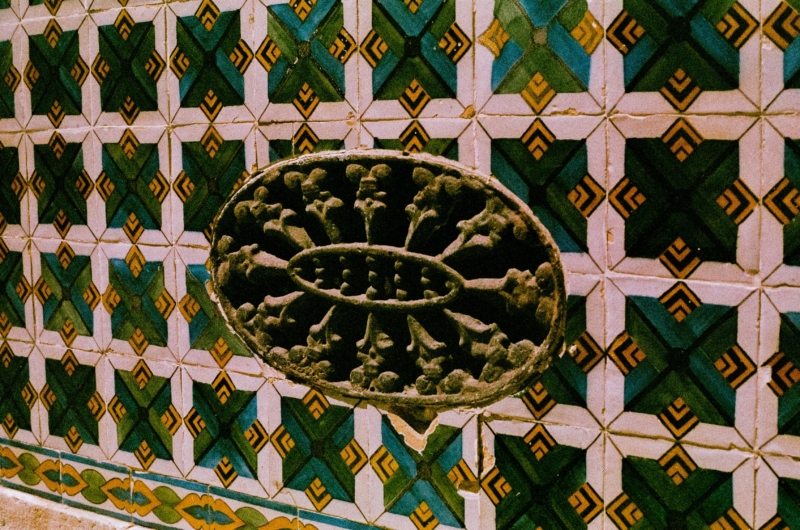
Kelley Sheehan: feed (2025) – 9′
for percussion, generative video, & fixed media
Kari Watson: twinning (2025) – 22′
for two violins and LED lights
Kari Watson: For Jen Torrence (2024/25) – 24′
for percussion, electronics and video
Sarah Saviet (Violine / Violin)
Maya Bennardo (Violine / Violin)
Jennifer Torrence (Percussion)
Kari Watson (Electronic Devices)
Luana Borges (Video)
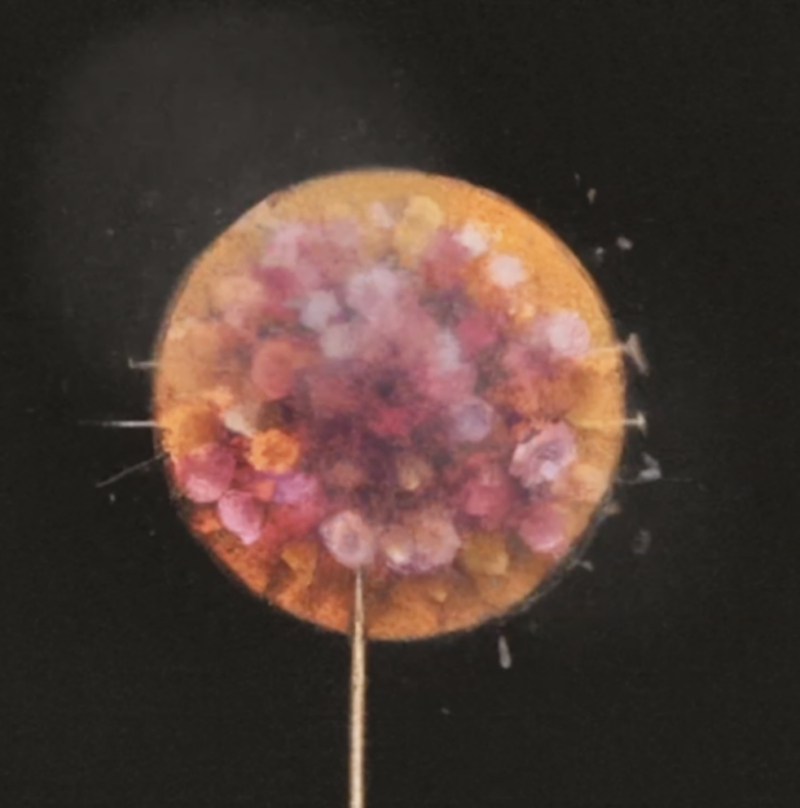
INSTRUMENTATION
snare drum
bicycle wheel (back wheel with gear cassette)
bass bow
violin (or smaller) bow
wood block (high)
a collection of high pitched objects
suspended cymbal
whistle
ELECTRONICS EQUIPMENT
laptop* + max msp & touchdesigner
transducer & amp
contact mic
(2) webcams**
controller – joystick or video game controller (may not need)
midi pedal + usb adapter**
FEED (2025)
Feed, for generative video, percussionist, and fixed media is part of an eventual installation/performance project that Jenn [Jennifer Torrence] and I have been dreaming up for several years. This is the abstracted performance solo of that larger piece. And this performance at Darmstadt will be the first official showing of the work-in-progress. The video part is generative, meaning through the use of stream diffusion, audio reactive visuals, and live cameras, the video will not be the same for any performance and much of the video material is generated on the spot.
Over the course of the piece, Jenn shifts from notated lines to conceptual frameworks in order to conjure new worlds, both visually and sonically. Feed is a play on the idea of the Live Camera Feed which is a feature of this piece, and the idea of feeding material into a black box/machine, to AI, to obtain something … unexpected, for lack of a better word. All materials heard and seen (sound in tape, any pre-recorded video) have been fed to stream diffusion in order to be created. Any live feed is currently in the act of being consumed by the machine and shaped by the performer.
Feed-
truncated
live feed
verb
take food; eat something.
put fuel on (a fire).
noun
an act of giving food.
informal
a device or pipe for supplying material to a machine.
the supply of raw material to a machine or device.
Kelley Sheehan


TWINNING
for violin duo and DMX lights
twinning explores formation, separation, and differentiation through sonic and visual mediums. The piece begins with two violinists positioned back to back at the center of a circle of lights, moving and sounding as one, a single organism. As the work unfolds, subtle shifts emerge amidst their joint sonic tapestry, challenging this unity. The two performers gradually diverge, navigating attachment, attunement, and (dis)connection musically and visually via responsive lighting design.
The dynamics between light and sound constantly evolves as the piece progresses, with the lights first acting as a source of empathy, and then later turning towards one of dissonance and disorientation. At its core, twinning is an autobiographical meditation on loss – on a life cycle, a twinship, interrupted, and in turn, the complex experience of individuation when separation occurs prematurely and unnaturally. This piece is dedicated to my twin sister Jesi (1998–2014), whose love continues to propel me in music and in life.
Kari Watson
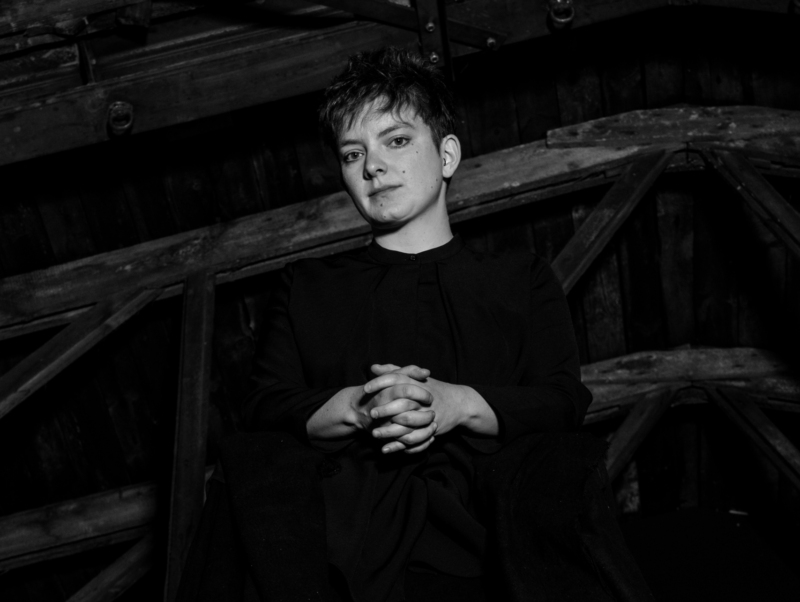
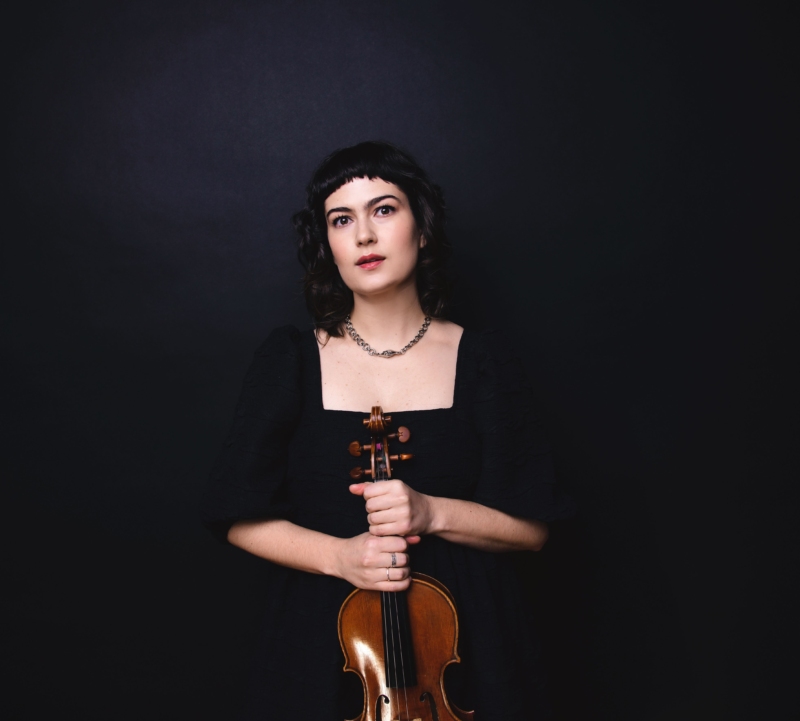
A Note on Collaboration
In creating this piece, I was especially interested in developing a musical language rooted in attunement and embodiment – where the two violinists generate a composite sound by deeply listening and responding to one another within a slowly evolving durational context. I’m thankful to have had the chance to collaborate with Maya and Sarah, whose shared dedication to this performance practice brought the piece to life through their sensitivity, embodiment, and empathetic musicianship. The lighting was programmed by Max Ardito, who I am also so glad to have built a collaborative working relationship with throughout this process.
Kari Watson
This piece was commissioned by the Darmstadt Festival and was written for Maya Bennardo and Sarah Saviet for premier on July 25th, 2025 in the Lichtenbergschule in Darmstadt, DE.
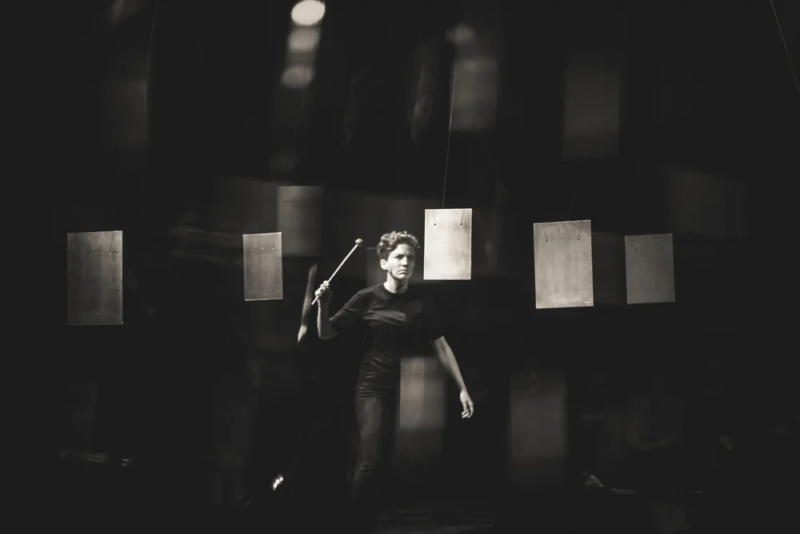
Donna J. Haraway: "A Cyborg Manifesto", University of Minnesota Press, 2016, p.59f.To recapitulate, certain dualisms have been persistent in Western traditions; they have all been systemic to the logics and practices of domination of women, people of color, nature, workers, animals – in short, domination of all consti tuted as others, whose task is to mirror the self. Chief among these troubling dualisms are self/other, mind/body, culture/nature, male/female, civilized/primitive, reality/appearance, whole/part, agent/resource, maker/made, active/passive, right/wrong, truth/illusion, total/partial, God/man. The self is the One who is not dominated, who knows that by the service of the other, the other is the one who holds the future, who knows that by the experience of domination, which gives the lie to the autonomy of the self. To be One is to be autonomous, to be powerful, to be God; but to be One is to be an illusion, and so to be involved in a dialectic of apocalypse with the other. Yet to be other is to be multiple, without clear boundary, frayed, insubstantial. One is too few, but two are too many. High-tech culture challenges these dualisms in intriguing ways. It is not clear who makes and who is made in the relation between human and machine. It is not clear what is mind and what is body in machines that resolve into coding practices. Insofar as we know ourselves in both formal discourse (for example, biology) and in daily practice (for example, the homework economy in the integrated circuit), we find ourselves to be cyborgs, hybrids, mosaics, chimeras. Biological organisms have become biotic systems, communications devices like others. There is no fundamental, ontological separation in our formal knowledge of machine and organism, of technical and organic. The replicant Rachel in the Ridley Scott film "Blade Runner" stands as the image of a cyborg culture's fear, love, and confusion.
"Rethinking the Performer: Towards a Devising Performance Practice" by Jennifer Torrence
FOR JEN TORRENCE
for percussion soloist and multimedia
The core inquiries of this piece have been circling for quite some time, tracing back to my first reading of Donna Haraway’s A Cyborg Manifesto, which Jen prompted during our first conversation back in 2017. We met that January in Oslo, Norway, when I was there for a short-term composition study, overlapping with our joint mentor Peter Swendsen. I had the opportunity to see Jen perform Peter’s composition, What Noises Remain, and was struck not only by her virtuosity, but by her ability to bring theatricality and extra-musical drama into contemporary concert music settings. The questions and provocations that emerged after reading Cyborg Manifesto have since been an ongoing thread in my artistic practice, spawning a number of musical and non-musical creative offshoots. When Jen and I reconnected at Darmstadt in 2023, I shared with Jen just how influential our 2017 talk about Haraway’s writing had been and asked whether we might create a piece together – one that explored threads of Haraway’s Manifesto, particularly gender, queerness, posthumanism, and the electronic extension and mediation of the body. In doing so, I was curious about how we could continue challenging binaristic thinking and further theorize the cyborg as a way to reimagine identity as fluid, partial, and constructed – not fixed or essential, and inherently mediated by the technological world.
In 2020, I created Mx.Mechanica, a solo piece for drum machine and performer that imagined the human as a quasi-automaton – mechanized by the very machine they operate. This work laid the conceptual groundwork for For Jen Torrence, a large-scale multimedia piece that expands and deepens those inquiries. Drawing on Jen’s singular practice – at the intersection of percussion, physical theater, collaborative composition, and a deep engagement with queer theory – the piece unfolds within an activated landscape where the lines between body and machine constantly blur, creating a kind of cyborgian entanglement. The sound world spans a wide spectrum of acoustic and electronic music, incorporating elements from hyperpop, early electroacoustic music, glitch aesthetics, and kitsch-infused drum machine textures.
Furthermore, the drum set functions as a quasi-feedback machine, with Jen’s body acting as a live filter – shaping, distorting, and mediating the oscillations between microphones and speakers. The score presents a series of choreographic and musical challenges: limb isolation puzzles, metric modulation exercises, and virtuosic glitch-music passages that push Jen to capacity within a reactive live electronics environment. The piece ultimately explores states of overload, fragmentation, and sonic excess – demonstrating the impossibility of the human body becoming fully mechanized.
For Jen Torrence is not only a meditation on Haraway’s cyborg, but also a tribute to artistic kinship and collaboration, iterative inquiry, and the potential of performance as a space to investigate identity, embodiment, and our entanglements between human and machine. This piece is truly for Jen, and was created through a beautiful collaborative process for which I am deeply grateful. The film was created via an analog, cameraless process by my longtime friend and collaborator Luana Borges, whose artistic voice and visual language I greatly admire.
Kari Watson

